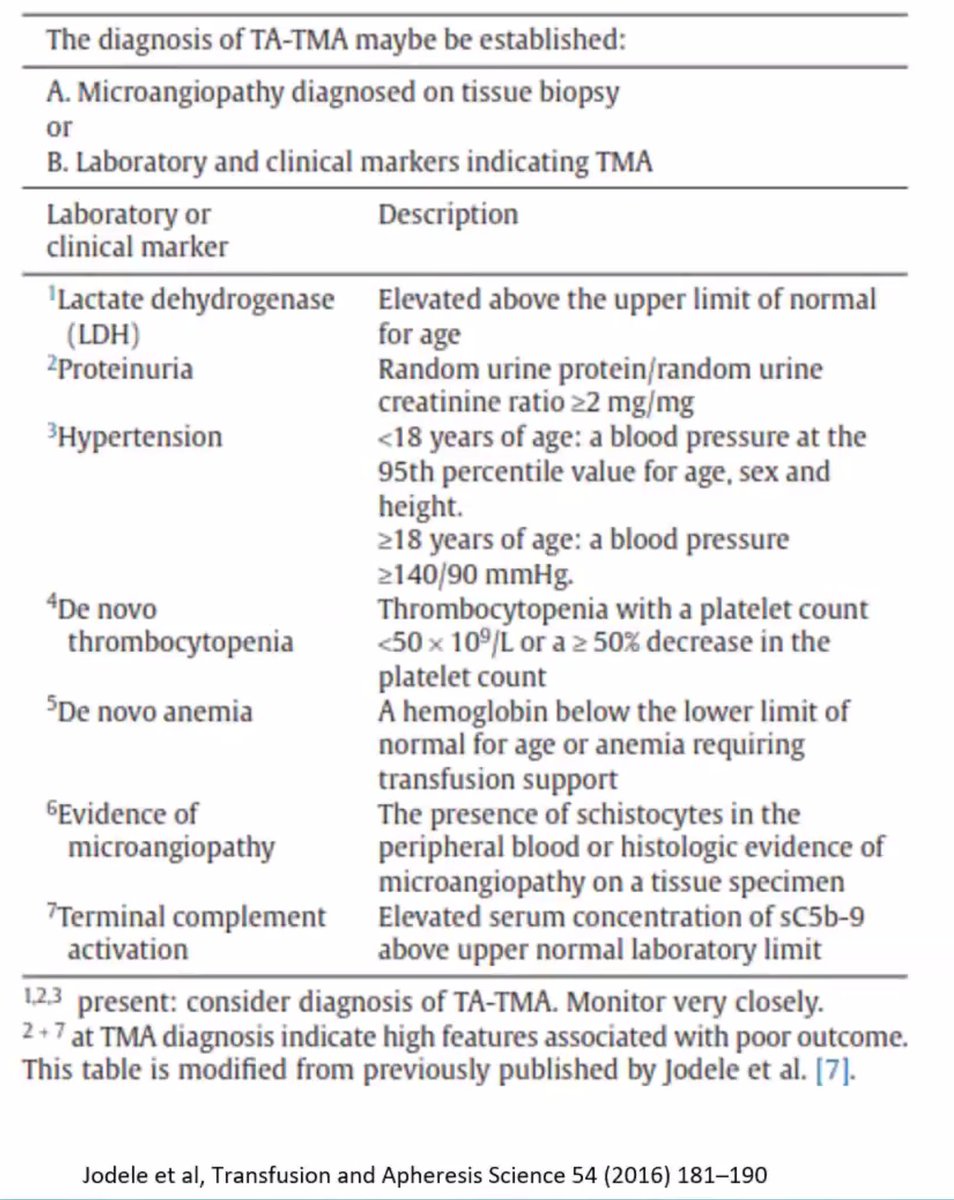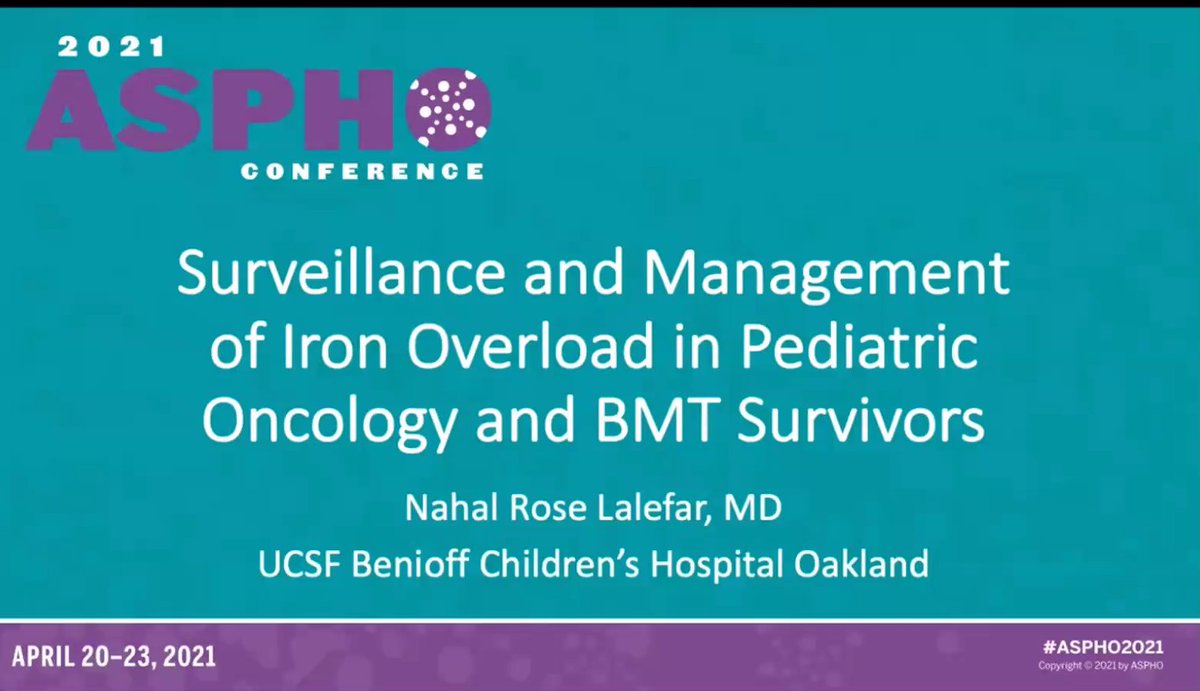
Peak risk of catheter associated DVT at 4 days after catheter insertion. The CRETE trial used ppx enoxaparin on day one (target 0.2-0.5 anti-Xa level) and showed may be able to prevent DVT. 1/n 

But amongst infants (child <1 year) no real change in risk - but older children have risk reduction from Dr. Faustino's CRETE trial. He suggests due to differences in size of line versus vein size (infants have less delta) 2/n 

Infants have lower thrombin generation which may be why ppx enoxaparin may not help them as much -- they then thought about trying therapeutic enoxaparin in infants to prevent CA-DVT. 3/n
The THROMBOTECT trial randomized enoxaparin vs antithrombin replacement (? will have to check the study on this, this was as described as Dr. Faustino) vs placebo in peds onc patients with catheters (prior to asparaginase dose) - placebo 8% VTE, enoxaparin 3% VTE, with AT 2% 4/n
And there are two ongoing studies going on -- ALL patients thromboprophylaxing with enoxaparin and also leukemia patients using apixaban in preventing blood clots in leukemia patients with catheters. So look out for study results soon. #ASPHO2021 5/5
FYI - Dr. Faustina answered this exact questions about how this trial did AT replacement in the chat "Antithrombin group only received AT3. Antithrombin activity was checked every 3 days and if <80% replaced to a goal of 100%." #ASPHO2021
• • •
Missing some Tweet in this thread? You can try to
force a refresh















